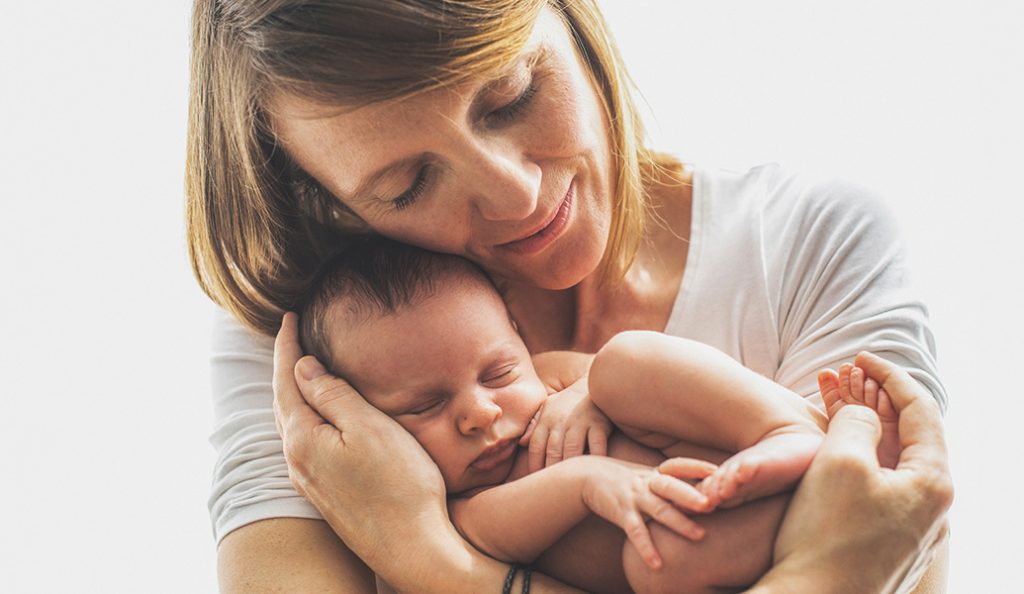What is a Caesarean Section?
Sometimes called C-section or Caesarean delivery, this type of birthing process is credited to be named after Julius Caesar.
It is a surgical procedure where a low transverse incision in the abdomen (at or just below the bikini line) is made to deliver your baby.
The incision size needs to be a little bigger than the diameter of the baby’s head (about 10cm) and there are 6 layers to get through before the baby is reached.
In this blog we will go through what to expect during and after a C-section.
Who might need a C-section?
C-section is broken into elective (pre-planned) and emergency (unplanned). Emergency C-sections are required when there is a labour complication (either the baby is distressed or labour is abnormal) or there isn’t enough time to safely induce labour for a natural birth. We are always trying to decrease the risk of emergency C-sections because they carry the largest risks with them.
Elective C-section may be chosen for a variety of reasons, such as decreasing the risk to you and the baby or:
- The mother’s choice – This may be your preference for mode of birth. At Create Health, our patients are empowered to make informed decisions throughout their pregnancy journey.
- The mother’s history
- Previous birth history
- Previous pelvic trauma
- Low positioned placenta (Placenta Praevia)
- Abnormally positioned baby – breech, oblique, transverse or unstable lie.
- Size of baby – vaginal birth risks increase as the baby’s size approaches or is over 4kg
What are the risks of a C-section?
C-section is considered a major surgery and as such carries with it some risks that you should be made aware of before it is performed. It is really important to discuss these with your obstetrician before deciding on an elective C-section but most risks occur in the event of an emergency c-section. These include bleeding, infection (uterine or skin incision), injury to surrounding structure such as the bladder and deep vein thrombosis or pulmonary embolism.
Will I need to have only C-sections for all future babies?
Vaginal Birth After C-section (VBAC) is possible and safe in most future pregnancies. There are some risks that your Obstetrician will discuss with you and a requirement for increased monitoring during labour to make sure your baby is safe.
The reason for your initial C-section is important and if this factor is again present you may be advised to have a repeat C-section.
You should feel like you can make a supported and informed decision about future births.
What should I expect to be different about this mode of birth
Apart from the obvious difference that this is a surgical procedure there are a few things that you might not know about C-sections.
A birthing room and an operating room are quite different places to have a baby. Some examples are:
- Lighting is much brighter to facilitate safe surgery.
- The temperature is lower to increase sterility. This might mean the baby needs to be dried and wrapped soon after birth to keep it warm. The midwife looking after you will be there to help with skin to skin, but this may be more difficult due to your positioning on the bed and the reason for the C-section.
- There are a lot more people present – there could be up to 10 staff in the theatre all busy with their roles. This might feel a little overwhelming.
- There will be a paediatrician at the birth. It is routine in Victoria to have a doctor present to check on the baby at the time of birth at all C-sections.
What about recovery?
A spinal anaesthetic or epidural will slowly wear off over the course of approximately 4 hours.
At this point you will need to take regular pain relief that the Anaesthetist will have ordered. This pain relief will be on a schedule for at least 48 hours and after this you will need to take it when required. Breastfeeding is safe with all of the pain relief that we use.
You will have a catheter in your bladder until you are able to stand and walk to the bathroom and early mobilisation is encouraged and will speed your recovery.
The first 7 to 10 days you might need some ongoing simple pain relief to do normal things at home and by 2 weeks you should feel well enough to go out walking or drive a car. Please check with your Obstetrician regarding recovery restrictions that will be specific to you but generally you shouldn’t lift heavy things or participate in strenuous exercise for at least 4 to 6 weeks. You can read more about the recovery process in our detailed blog titled Recovery after a Caesarean Section.
Who can I talk to for advice?
Our pregnancy specialists at Create Health are always available for advice regarding C-section or any questions related to birth and recovery in general. If you think you might have risk factors, we are experts in this area and are here to help.
Contact us by ringing 9873 6767 or by writing to info@create-health.com.au.
References:
- https://ranzcog.edu.au/wp-content/uploads/Caesarean-Section.pdf
- https://www.thewomens.org.au/health-information/pregnancy-and-birth/labour-birth/caesarean-birth
- https://www.betterhealth.vic.gov.au/health/healthyliving/caesarean-section



